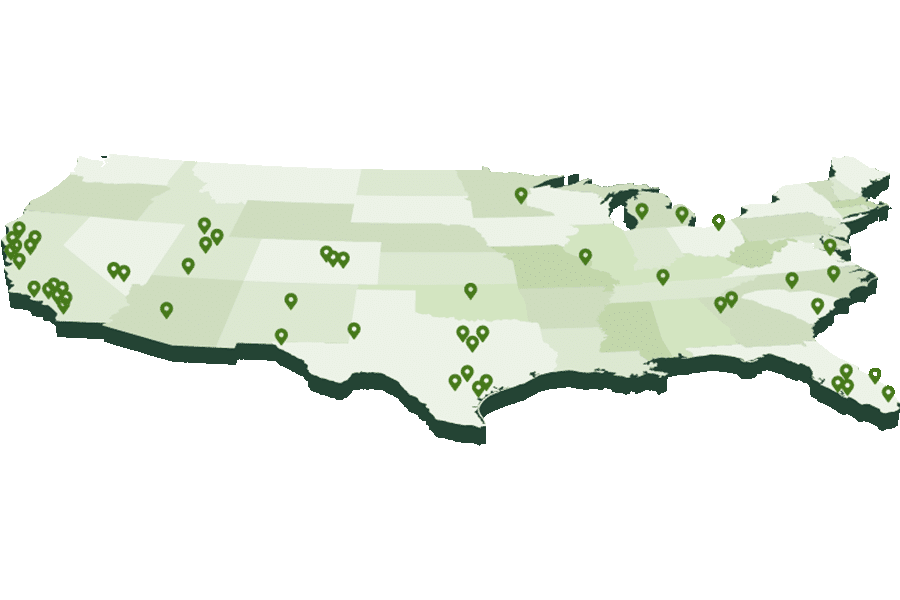Artificial Turf Landscapes

So a little while ago you were considering artificial grass to beautify your home or business – easy decision, right?
No water, no maintenance (well, a tiny bit) and it looks great all year round. It even pays for itself in a few years and then…well the savings really start piling up after that. You’ll save water and help contribute to combating the drought. An easy decision. But now you’re off to your local Purchase Green store and, wham, 30 varieties of grass to choose from. How do you decide?
With so many options available, suddenly creating an awesome new synthetic lawn seems a bit more daunting. Among all the varieties of grasses, some of the differences are obvious, some are not so obvious and some are completely undetectable. In comes Purchase Green to save the day!
Throughout this website you’ll find a massive amount of information about artificial grass. In this section you can learn everything there is to know about the synthetic grass available at Purchase Green. So let’s start with the fundamentals.
Main Price Drivers of Artificial Grass
Face Weight
There are two primary price drivers in artificial grass. The first is the amount of yarn. Obvious, right? The yarn as it’s referred to is the actual blades of grass themselves. The face weight, then, is the measure of how much a particular yarn weighs over a square yard…or about 9 square-feet. Basically, it’s just like buying carpet in that it is typically (and weirdly) sold by the square yard and installed by the square foot.
An easy way to visualize this is to take our Vista Natural 80 and compare it to our Vista Natural 65. Vista is our proprietary, temperature-controlled, V-shaped fiber that is made for heavy traffic while maintaining a well-groomed look in lighter, lime-green hues. We call it “natural” because of our brilliant design that incorporates short, fake withering brown blades within the green blades that give the product amazing realism. Now, the product is either 80 or 65 because that is how may ounces those grasses weigh over a square yard…that’s the face weight. Both products contain the same yarn and backing system (more on that in a minute). The only difference is the Vista Natural 80 weighs more because there’s more material in it. And since there’s more material, it costs more than its 65-ounce counterpart.
Yarn Treatment
The yarn treatment is the other price driver. It’s not a matter of better or worse, just different. All of our grasses have the same backing system and the same warranty. We only use premium polyethylene resin and the perfect blend of UV inhibitors in our temperature-controlled fibers. But different treatments have different associated costs. Yarns (grass blades) can be treated to:
- Improve performance
- Reduce shine
- Reduce heat
- Reduce friction
- Improve softness
- Change the shape of individual blades
In each of these treatment types, there is a balance to be struck. As an example, generally the softer you make a yarn, the more you have to account for improving performance in the structure. Take our Nature’s Sod and Nature’s Sod Plush. These are two of the softest yarns we carry. But we also want them to perform, so we’ve designed the blades in an S-shape which helps maximize performance. The result is an awesome-looking, very soft, fiber that still performs. Hey, it’s the Purchase Green way.
Some people like to characterize variations of the same product as economy or premium. At Purchase Green all our fibers are premium. Our grasses feature an industry-best lifetime warranty and a 15 to 20-year useful life. It’s simply the treatments and material quantity that dictate the price.
Turf Backing Systems
Apart from the grass blades, there’s the backing system. While attributes such as matte finishes and cool, soft yarns are more readily identifiable, the backing system is one of those things that is not so easy to identify. It’s also where a lot of other folks fall short of Purchase Green standards.
Face weight includes the tall and short fibers, but not the geotextile fabric (primary backing) or glue coating (secondary backing). The primary and secondary backing make up the “backing system.” That’s what we’re going to explore next.
Primary Turf Backing
There are two primary options here:
Latex Backing
Latex is known for having a stronger tuft bind and better dimensional stability. Tuft bind is the amount of force it takes to pull a stitch of blades through the backing system. Dimensional stability is the ability of the grass to retain its shape and dimension while being used for its intended purpose (whether it be walked on, played on, or you just want people to stare at it and nod approvingly).
Polyurethane Backing
Polyurethane is known for being more pliable in the absence of heat, easier to install, and less likely to stiffen in really cold climates.
In both cases Purchase Green exceeds the industry standards by a long shot. In fact, we’ve set the standard, as there are a handful of folks who have begun to adopt the integrity of our line. For example, a standard polyurethane backing system uses 16 ounces to 20 ounces of the material. Purchase Green products use 26 ounces to 36 ounces. A standard latex backing uses 26 ounces of glue. Our latex products use 32 ounces. The additional 25 percent on our warranty and useful life is directly related to the 30 percent of additional primary and secondary backings.
Tuft Bind: What it is and Why it Matters
As mentioned, tuft bind is a measure of the force required to pull a stitch of blades through the backing system. Third party lab tests comparing our tuft bind to leading competitors illustrate that our backing system rocks! The tests illustrate that our latex and polyurethane backings both produce a tuft bind that requires a force of between 13 pounds and 14 pounds per square-inch. That’s a lot compared to leading competitors’ standard of 8 pounds per square-inch.
You may have heard people say about a particular subject that the details are “in the weeds”, meaning that to really examine a subject you have to look at all the little things. Well, our details are “in the grass” because at Purchase Green, we produce the best artificial grass. You can tell when you see it and when you feel it. And we have the test results to prove it!



